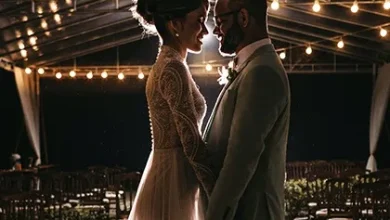Leo Meteor Shower Peaks at 7 AM Tomorrow: Tips for Early Morning Viewing

Leo Meteor Shower to Peak Tomorrow Morning
The Leo meteor shower will reach its peak tomorrow, November 18th, at 7 AM, with an estimated maximum rate of 10-15 meteors per hour.
Best Viewing Conditions
In mid-November, the constellation Leo gradually rises in the sky after midnight, offering increasingly favorable viewing conditions. By dawn, Leo reaches its highest point in the southern sky, making it the ideal time for observation. However, those planning to watch during the early morning hours should dress warmly to combat the cold.
The “King of Meteor Showers”
Kou Wen, a senior engineer at the Beijing Planetarium, explains that the Leo meteor shower is renowned for its periodic outbursts, earning it the title “King of Meteor Showers.” Historical records show spectacular displays, such as the 1833 event over North America, where an estimated 240,000 meteors streaked across the sky in just nine hours. Similarly, in 1966, observers in Arizona witnessed over 100,000 meteors per hour for four hours.
The last major outburst occurred in 2001, when the zenith hourly rate reached approximately 4,000 meteors, creating a breathtaking “rain of stars” effect. Since then, activity has significantly declined, with current rates averaging around 20 meteors per hour.
Viewing Tips for 2023
This year’s Leo meteor shower is active from November 6th to 30th, peaking on November 18th. However, the moon’s phase—just past its last quarter—will interfere with visibility, as it will be near the shower’s radiant point in Leo. Observers are advised to:
- Focus on the pre-dawn hours when Leo is highest in the sky.
- Bundle up for nighttime temperatures.
- Manage expectations due to moonlight interference.
While the shower’s 33-year cycle suggests another outburst around 2034, this year’s event remains a modest but charming celestial display for dedicated stargazers.





